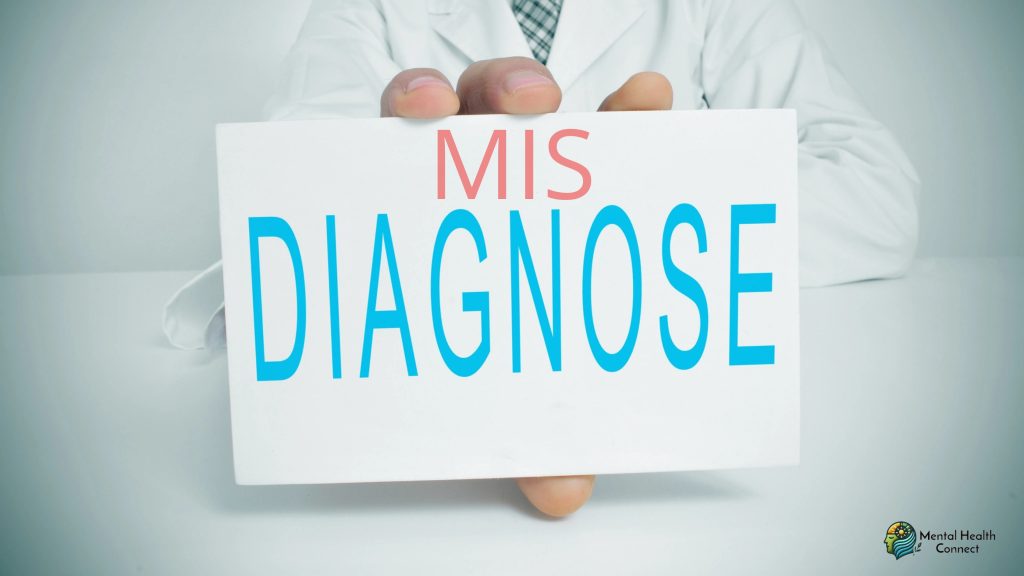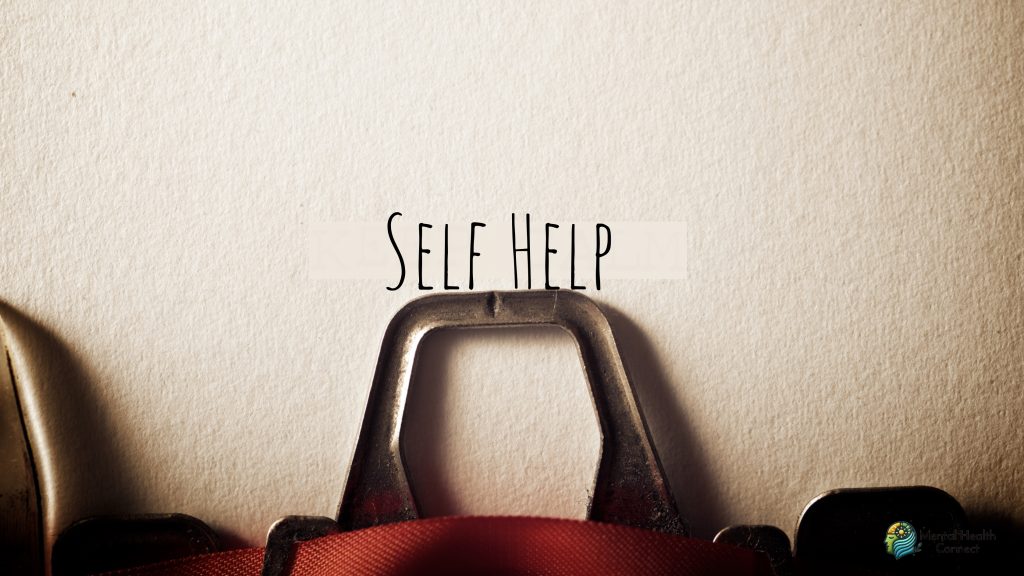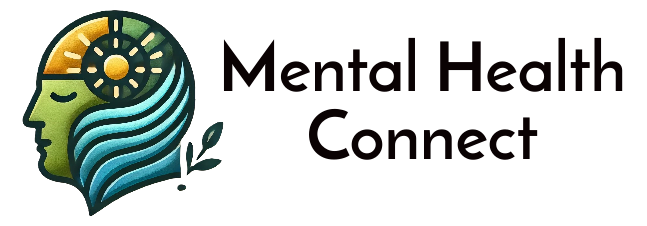Porn and OCD: When Fantasy Becomes a Compulsion – Understanding the Connection

In the digital age, pornography consumption has become increasingly common, yet for some individuals, what begins as casual viewing transforms into a debilitating cycle of obsession and compulsion. The relationship between porn and OCD (Obsessive-Compulsive Disorder) represents a complex psychological intersection that remains underexplored in mainstream mental health discussions. When pornography consumption becomes entangled with obsessive-compulsive patterns, individuals may experience intrusive thoughts, ritualistic viewing behaviors, and significant distress beyond typical habitual use.
What is Pornography-Related OCD?

Pornography-related OCD is a specific manifestation of Obsessive-Compulsive Disorder centered around pornographic content. Unlike general pornography consumption, it involves distinct obsessive-compulsive elements that significantly impair functioning.
Key features include:
- Obsessions: Unwanted, intrusive thoughts about pornographic content causing anxiety
- Compulsions: Repetitive behaviors performed to reduce distress
- Interference: Significant impact on daily functioning and relationships
- Distress: Marked anxiety when unable to perform compulsions
This condition manifests in several forms:
- Content-focused obsessions: Intrusive worries about types of content viewed
- Moral scrupulosity: Excessive concern about the morality of viewing pornography
- Contamination fears: Obsessions about “contamination” from pornography
- Checking behaviors: Compulsive reviewing of browsing history
- Symmetry/exactness: Needing to see content in very specific or orderly ways
Distinguishing from Addiction

While pornography addiction and pornography-related OCD may appear similar, key differences include:
- Primary motivation: Anxiety reduction (OCD) vs. pleasure-seeking (addiction)
- Response to content: Often distressing even during viewing (OCD) vs. generally pleasurable (addiction)
- Core issue: Anxiety management (OCD) vs. impulse control problems (addiction)
- Treatment approach: Exposure therapy (OCD) vs. abstinence emphasis (addiction)
Why Understanding Porn-Related OCD Matters
Recognizing this condition has significant implications:
Impact on Mental Health
- Persistent anxiety and psychological distress
- Depression from inability to control thoughts
- Social isolation due to shame
- Academic or occupational impairment
- Relationship difficulties
Misdiagnosis Concerns

Pornography-related OCD is frequently misdiagnosed as sexual addiction or a moral failing, leading to inappropriate treatments that may worsen symptoms by increasing shame.
How to Identify and Address Pornography-Related OCD
Warning Signs
Key indicators that differentiate porn-related OCD include:
- Distress during viewing: Significant anxiety rather than pleasure
- Ritualistic behaviors: Specific viewing patterns that must be followed
- Intrusive thoughts: Unwanted mental images about pornography
- Reassurance seeking: Repeatedly seeking confirmation about one’s thoughts
- Avoidance: Excessive efforts to avoid triggers
Evidence-Based Treatment Approaches
Research supports several interventions:
- Exposure and Response Prevention (ERP):
- Building the ability to sit with anxiety without trying to reduce or avoid it through rituals.
- Learning to tolerate anxiety without neutralizing behaviors
- Cognitive Therapy Components:
- Challenging OCD-specific cognitive distortions
- Developing more flexible thinking about uncertainty
- Medication Options:
- Selective Serotonin Reuptake Inhibitors (SSRIs) at OCD-specific dosages
- Mindfulness-Based Approaches:
- Learning to observe thoughts without engaging with them
- Building non-judgmental awareness of experiences
Self-Help Strategies

Several self-help approaches can support recovery:
- Psychoeducation: Learning about the OCD cycle
- Trigger identification: Recognizing situations that trigger obsessions
- Response prevention practice: Gradually delaying compulsive behaviors
- Thought labeling: Identifying intrusive thoughts as “OCD thoughts”
- Healthy distraction: Engaging in alternative activities during urges
Best Practices for Managing Pornography-Related OCD
Effective Treatment Planning
- Hierarchy development: Creating a ranked list of triggering situations
- Graduated exposure: Starting with moderately difficult exposures
- Regular practice: Consistent application of techniques
- Progress tracking: Monitoring symptom improvement
- Relapse prevention: Identifying early warning signs
Technology Management
- Mindful use planning: Developing intentional guidelines for device use
- Environmental modifications: Creating contexts that support recovery
- Digital boundaries: Establishing healthy limits around technology
Family and Relationship Considerations
- Psychoeducation for partners: Helping loved ones understand OCD
- Communication protocols: Developing healthy ways to discuss symptoms
- Reducing accommodation: Helping family avoid reinforcing OCD patterns
Common Mistakes and How to Avoid Them
Misidentifying the Problem
The most common error is misdiagnosing pornography-related OCD as an addiction or moral failing.
Solution: Seek assessment from clinicians specializing in OCD who can differentiate between anxiety-driven compulsions versus pleasure-seeking behaviors.
Counterproductive Approaches
Certain strategies worsen symptoms:
- Thought suppression: Trying to “not think about” pornography
- Reassurance seeking: Temporarily reduces anxiety but strengthens OCD
- Shame-based interventions: Increase distress without addressing core mechanisms
- Avoidance as primary strategy: Prevents anxiety habituation
Solution: Focus on accepting thoughts without responding with compulsions, gradually building tolerance for uncertainty.
Recovery Timeline Misconceptions
Unrealistic expectations can lead to discouragement:
- Expecting linear improvement: Recovery typically involves fluctuations
- Seeking complete certainty: Treatment involves learning to tolerate uncertainty
- Believing thoughts must stop: Success means changing responses to thoughts
Future Trends and Developments
Advancing Treatment Approaches
Innovations include:
- Inhibitory learning models: Focusing on new learning during exposures
- Acceptance-based approaches: Combining traditional ERP with acceptance strategies
- Digital therapeutics: App-based interventions providing support
- Telehealth expansion: Increased access to specialized OCD treatment
Frequently Asked Questions
Is viewing pornography always a sign of OCD?
No. Most pornography consumption doesn’t involve obsessive-compulsive patterns. The key distinction is whether viewing is motivated by pleasure or by reducing anxiety from obsessive thoughts.
Can someone have both pornography addiction and pornography-related OCD?
Yes, these conditions can co-occur, creating complex presentations requiring integrated treatment approaches that address both anxiety reduction and behavioral addiction components.
Will complete abstinence from pornography cure pornography-related OCD?
Not necessarily. While limiting exposure may help initially, OCD treatment focuses on changing one’s relationship with intrusive thoughts rather than eliminating triggers entirely. Abstinence alone often leads to symptom substitution.
How long does treatment typically take?
Evidence-based treatment typically shows significant improvement within 12-20 weeks of consistent practice, though individual results vary based on symptom severity and treatment adherence.
How can I tell if my pornography use is a compulsion or an addiction?
Compulsive use in OCD is primarily motivated by reducing anxiety and often follows rigid patterns. The activity itself may not be enjoyable. Addictive use is generally motivated by pleasure-seeking and follows patterns of tolerance and withdrawal.
Pornography-related OCD represents a significant but treatable condition characterized by intrusive thoughts, ritual-like behaviors, and anxiety-driven distress rather than pleasure-seeking. Understanding the mechanisms behind porn and OCD connections allows for appropriate intervention with evidence-based approaches like Exposure and Response Prevention therapy. With proper assessment and treatment, individuals trapped in this challenging cycle can experience substantial symptom relief and improved quality of life.
Are you ready to break free from intrusive thoughts and compulsive behaviors? Take the first step today by scheduling a consultation with an OCD specialist who understands pornography-related obsessions. Our free self-assessment tool can help determine whether your experiences align with OCD patterns. Don’t let another day be controlled by unwanted thoughts reach out now and begin your journey toward mental freedom.
-
 How to Support Someone with OCDApril 17, 2025
How to Support Someone with OCDApril 17, 2025 -


Leave a Reply